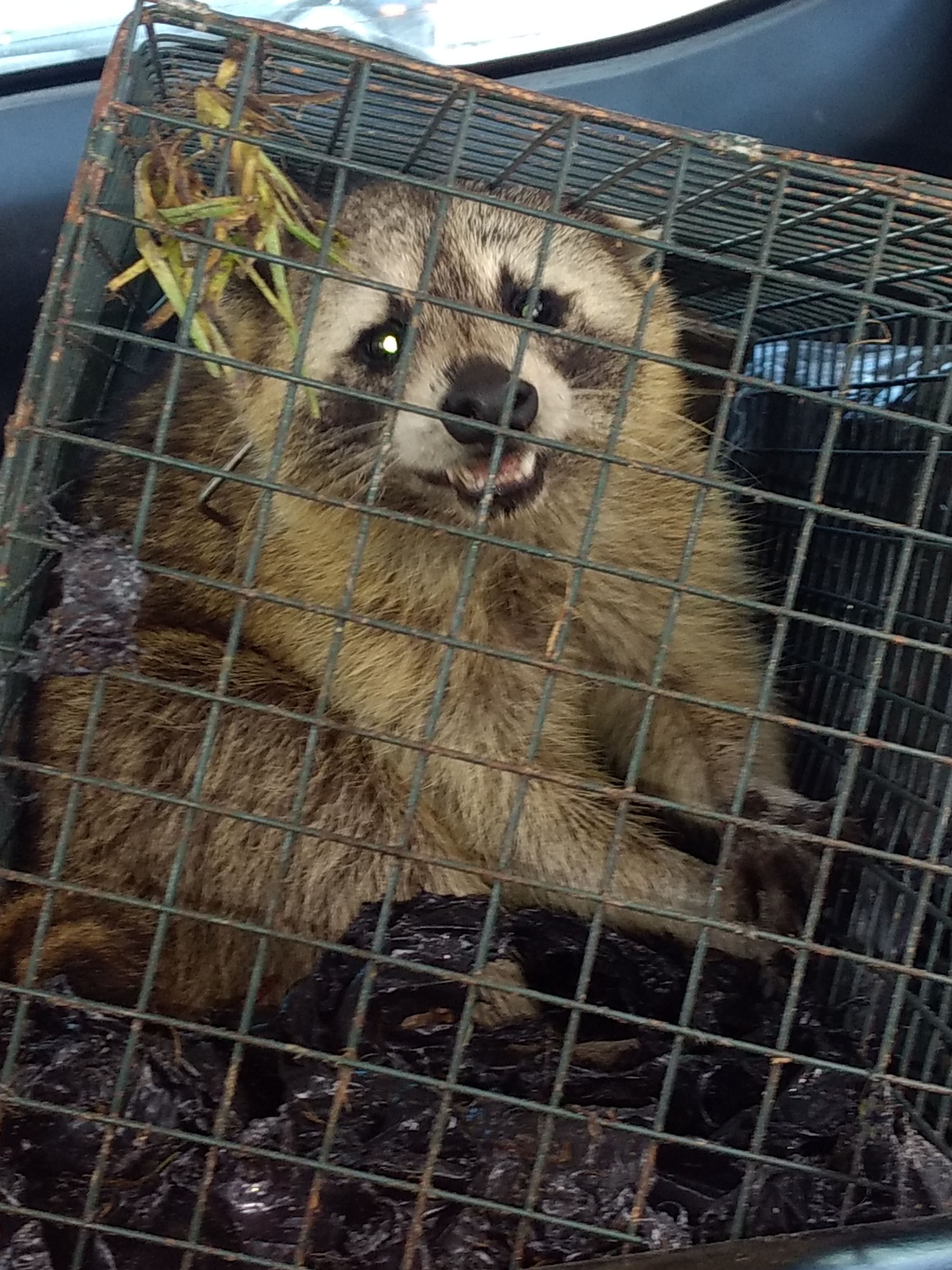
I tried many different tactics and lots of distinct kinds of traps. Looking back, some of the things I tried was pretty odd - I tried setting up steel traps within the burrows, I attempted exotic directional fencing in odd patterns, I tried bundling a panty hose filled with earthworms in the rear of a trap, a great deal of stuff. But through trial and error, I have become quite good at armadillo trapping, and today it is incredibly easy for me. My success rate is about 98%. Like roughly one out of fifty occupations contributes to no armadillo trapped. And I have learned how to prevent accidental catches of raccoons and opossums too. Continue reading. And remember: if you have trouble and would like to hire a professional like me, someone with expertise, look up Professional Wildlife Removal Firms , and you will get a specialist in your town or city.
The trick to trapping armadillos is in understanding their behavior. Which sort of trap catches armadillos?I've tended to choose the Havahart 1079. I have heard folks say that armadillos are so tough that they hurt this trap, but that's hogwash. I have captured hundreds of armadillos in these traps, and do not see any downsides to this model. But other versions will do too, I am sure.
Which sort of bait catches armadillos? - Ah, this is good question. There's simply no lure to How To Trap Armadillos, This creature only eats food that it digs out of the ground. It won't eat any food lying around the surface, or inside a cage. In actuality, it's bad to attempt and utilize armadillo trap lure, because other non-target animals like raccoons, opossums, skunks, or stray cats will accidentally get caught. I have heard many superstitious folks tell me all types of dumb baits, from rotten cabbage to pantyhose full of earthworms, but I promise that none of them work. The only thing, I believe, that MAY help in any respect, since an armadillo lure, and it is a big IF, is in fact the odor of another armadillo, so a used trap that has already captured armadillos might be a small advantage. But 99 percent of it is at the trap location and installation, as mentioned below.

Where should I place the trap? - Aha, now we are getting somewhere. It is ALL about trap placement. Armadillos travel on particular pathways. They travel along edges and objects in certain ways. When I get into a property, I will see the paths they make, however subtle. And armadillos dig a few burrows. They frequently have about 30 burrows at a house range, and they ramble, and share burrows. The majority of the burrows are actually just small escape burrows, just a couple feet into the ground. They don't have many big nesting and sleeping burrows, maybe just one. But they visit these little burrows all of the time, and dig them a little deeper and an escape burrow isn't too far from reach. So of you can get a primary burrow, that is the best option for regular visiting, but any burrow is great. And when one is inside, it will only push the trap out of the way, no big deal.
There are plenty of little things, thing I do by second nature now and do not even realize. Needless to say, be certain that the trap is set flat, and flush to the ground. If it rattles or wobbles, the creature may not go in. Ensure the trigger pan is free of debris, and the linking bar. Give the animal a very clear line of site for entrance. I occasionally use wooden blocks to maneuver the creature in for the last foot or so. I'm sure the trap does not have any undesirable scents. I put the pan strain pretty high, to prevent misfires from external bumping - the creature is unquestionably heavy enough to activate the trap once indoors. I don't know, there is a ton of little things I do, and that is why I went from barely grabbing any armadillos during the beginning of my career, to a near perfect catch rate today.

Place the dillo from the crate in the trunk of your car or bed of your truck, and then put a rag down or tarp to block the dirt, and then take the creature at least five miles away to an approved relocation point, if it is legal to do so in your state.
You must have heard some of the primary principles which took me an entire year in the area to figure out! However, as for those subtle little things that actually bring about success - the ability to read armadillo signal, to know precisely how they relate to a place, what burrows are escape burrows versus living tunnels, etc, these things I can not instruct on a web page. I've discovered that I do a lot of small things by instinct, when I visit a novice, like a homeowner, or another experienced wildlife operator that hasn't worked with armadillos earlier, I am amazed at all of the basic, and very important, rookie mistakes that they make - errors which will result in no armadillo captures. There is actually a reason professional wildlife operators exist. But you are welcome to give it a try yourself , if it is legal to do so in your own state.